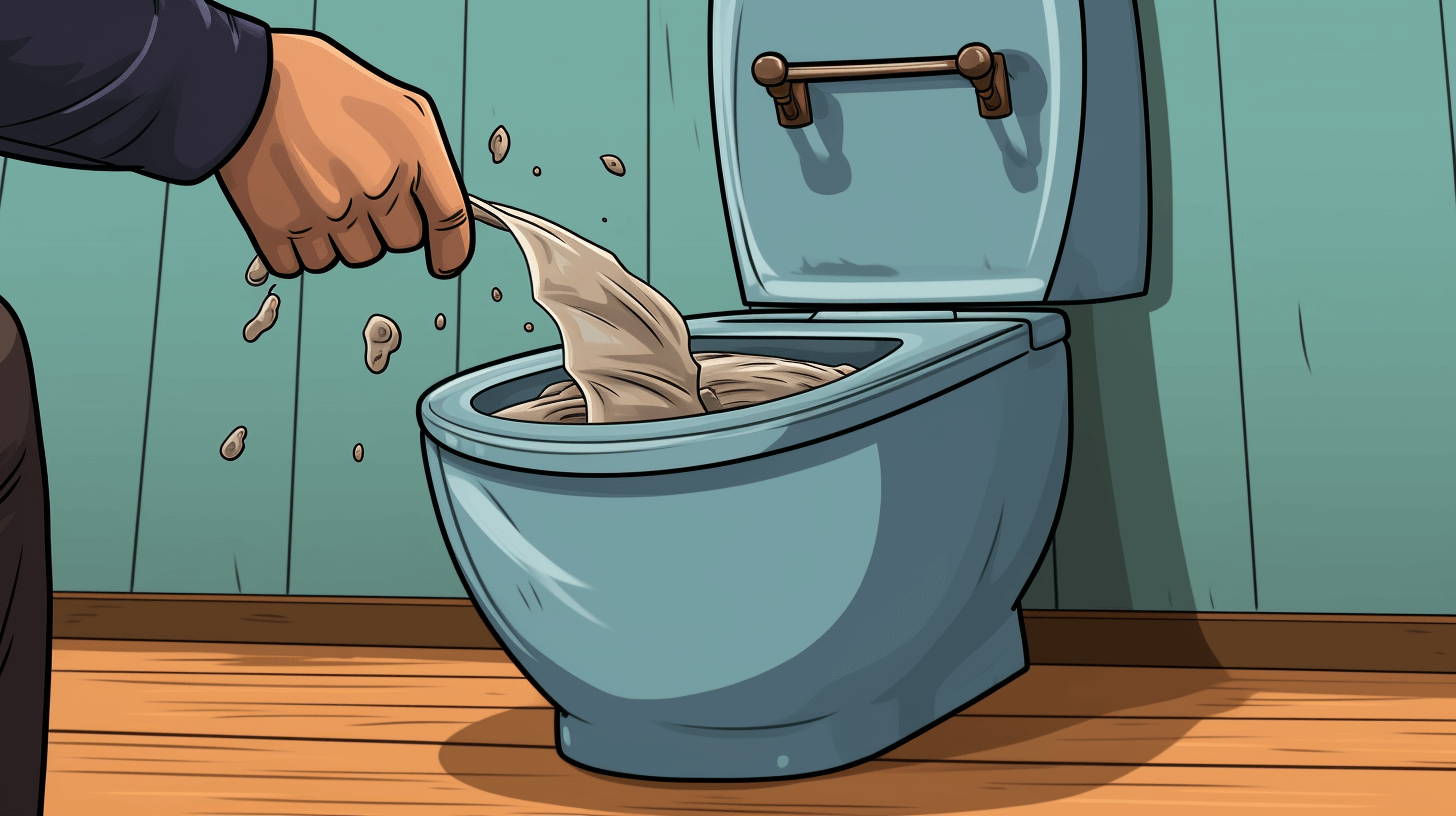Your home commode is for your poo, not your pet’s poo!
A UK-based veterinarian known as @Ben.the.Vet on TikTok has shed light on a rather unpleasant truth about a common practice among pet owners—flushing their pet’s poo down the toilet.
We’re not judgmental at Poopable! If you’ve been tossing your pet’s business down the porcelain throne, fear not, we’ve all been there! The practice of flushing pet waste down home toilets is relatively common, with many pet owners opting for this convenient disposal method. Some pet owners find it a practical way to manage their pet’s waste, particularly when dealing with smaller animals like cats and dogs.
In a recent video, Ben shared crucial information from Anglian Water’s FAQ section, emphasizing that flushing any type of animal feces is a big no-no.
The reason behind this warning revolves around the presence of “toxocara,” a resilient parasite found in animal feces that withstands the high temperatures and harsh conditions during the water treatment process.
Pet poo exposure can lead to human parasites!
Ben explained the zoonotic nature of toxocara, highlighting the risk it poses to humans, particularly children. As an intermediate host for toxocara, humans can inadvertently swallow the eggs (present in poo particles), leading to the hatching of larvae that can migrate within the body.
The potential consequences range from visceral larvae migrans affecting internal organs to ocular larvae migrans causing damage to the eye and, in extreme cases, sight loss. Ben stressed the rarity of these conditions but urged pet owners to regularly worm their cats and dogs to minimize the risk of shedding these eggs.
The revelation serves as a reminder of the unseen dangers that might accompany seemingly harmless actions and encourages a shift toward practices that prioritize both human and environmental health.
There are several environmentally friendly and responsible alternatives to flushing your pet’s poo down the toilet.
- Pet Waste Bags: Use biodegradable or compostable pet waste bags to pick up your pet’s poop. These bags are designed to break down over time, reducing their environmental impact.
- Pet Waste Compost Systems: Some areas have designated pet waste composting programs or systems. These systems are specifically designed to break down pet waste and can be a sustainable option.
- Backyard Pet Waste Composting: If you have a backyard, consider creating a dedicated composting area for your pet’s waste. Use a designated composting bin or area away from edible plants to allow the waste to decompose naturally.
- Trash Disposal: Double-bag the pet waste and dispose of it in your regular household trash. This helps contain odors and prevents the waste from ending up in water treatment systems.
- Burying Pet Waste: In areas where it’s permitted and safe, you can bury your pet’s waste in your yard. Be sure to bury it deep enough to prevent animals from digging it up.
- Commercial Pet Waste Disposal Systems: Some communities have commercial pet waste disposal systems, similar to those used in parks, where you can deposit pet waste for proper disposal.
In the video’s comments, some pet owners admitted to flushing pet poo down the toilet. The major reasons that were cited multiple times were convenience or lack of alternatives. Avoiding potential odors in indoor trash bins are often cited as reasons for choosing this method.
However, Ben’s eye-opening explanation prompted a reconsideration of this practice, sparking a discussion on safer and more responsible waste disposal methods for pet owners.
Nothing says ‘I love you, environment’ like finding alternative ways to dispose of your pet’s little surprises.
Does this story make you ponder, “what to do with my pet’s poo?” We’d love to hear from ya! Shoot us a note! Or drop a comment on this article or any others that flush your senses.
